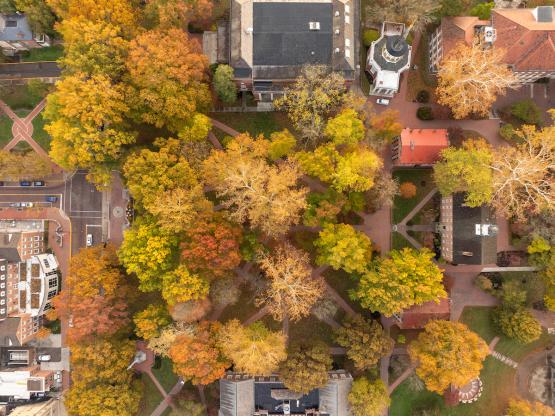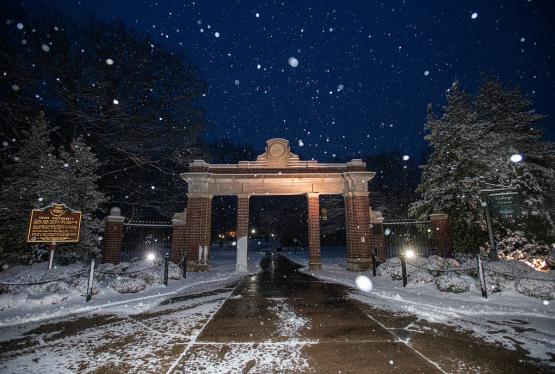
Every year people across our nation come together to celebrate Black History Month. Here in Athens and in nearby counties, the African American experience and history run deep. From historical sites that were instrumental in the Underground Railroad to integrated coal mining villages, the culture is present. Ohio University Communications and Marketing photographer Rich-Joseph Facun recently explored Southeast Ohio to make images of some of these sites to help share their history further with OHIO audiences.
This year, the national theme for Black History Month 2021 is The Black Family: Representation, Identity and Diversity. Ohio University is sponsoring a full slate of related programming and events throughout the month of February. In addition, the University’s Black History Month website features content such as Black alumni profiles and a virtual Black History Tour of Athens.
Silas Bingham House
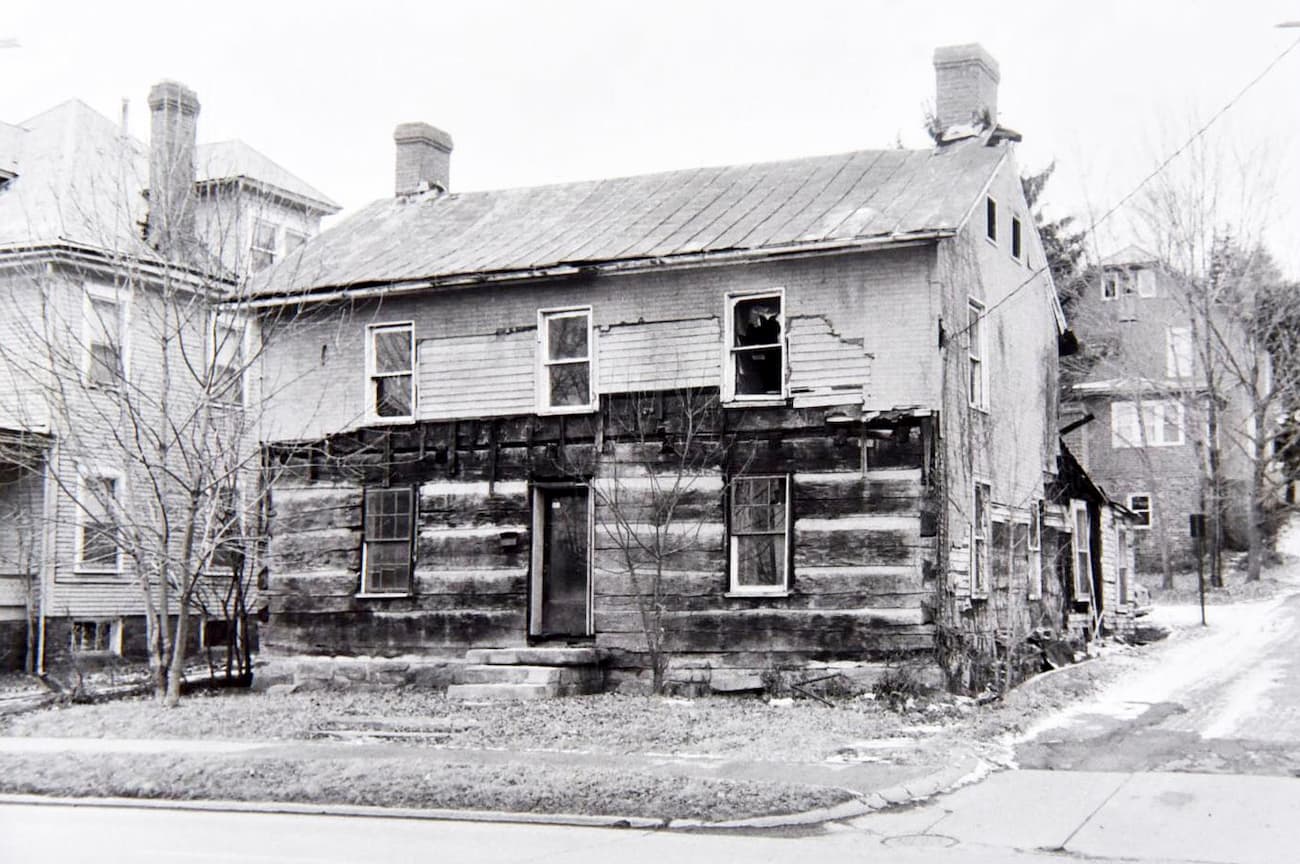
In 1853, the house was moved to 118 E. State Street. In 1987, it was moved again to its present site after the community, campus, and Athens County Historical Society and Museum raised the funds for it to be dismantled and relocated. Photo courtesy of The Athens Messenger.
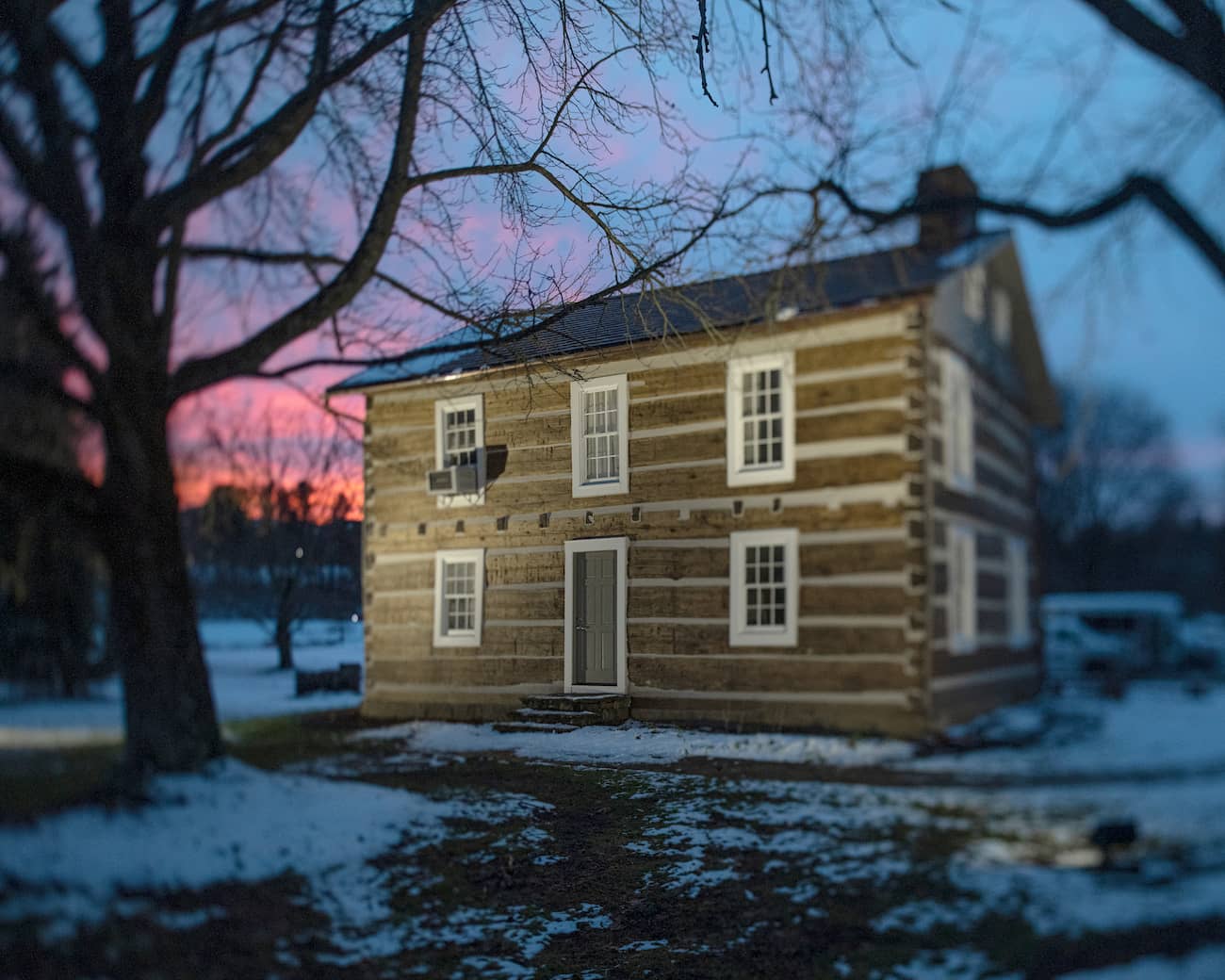
Built around 1803 and first located on South College Street, Bingham House is believed to have been built by and served as the home of Silas Bingham, a Revolutionary War hero, successful businessman, and the first sheriff of Athens County. John Newton Templeton, who became the University's first African American graduate in 1828, later lived there with Ohio University President Wilson and his family.
Built around 1803 and first located on South College Street, Bingham House is believed to have been built by and served as the home of Silas Bingham, a Revolutionary War hero, successful businessman and the first sheriff of Athens County. The house, with its hand-hewn yellow poplar logs, has served as a tavern, inn and Athens County’s first courthouse, according to the book “Athens” by Richard Straw.
In 1853, the house was moved to 118 E. State Street. In 1987, it was moved again to its present site after the community, campus and Athens County Historical Society and Museum raised the funds for it to be dismantled and relocated.
The log structure was the residence of Robert G. Wilson, the third president of Ohio University. John Newton Templeton, who became the University's first African American graduate in 1828, also lived there with President Wilson and his family. Templeton was a freed slave who later played a significant role in the education and emancipation of Black Americans.
“John Newton Templeton was born a slave in 1805 and freed in 1813. He graduated from Ohio University with an A.B. in 1828, being the first black man to do so and the fourth African-American to graduate from a U.S. college. He was an educator and co-edited ‘The Mystery,’ a black newspaper,” according to Ohio University’s Division of Diversity and Inclusion.
He is part of the namesake for Templeton-Blackburn Alumni Memorial Auditorium.
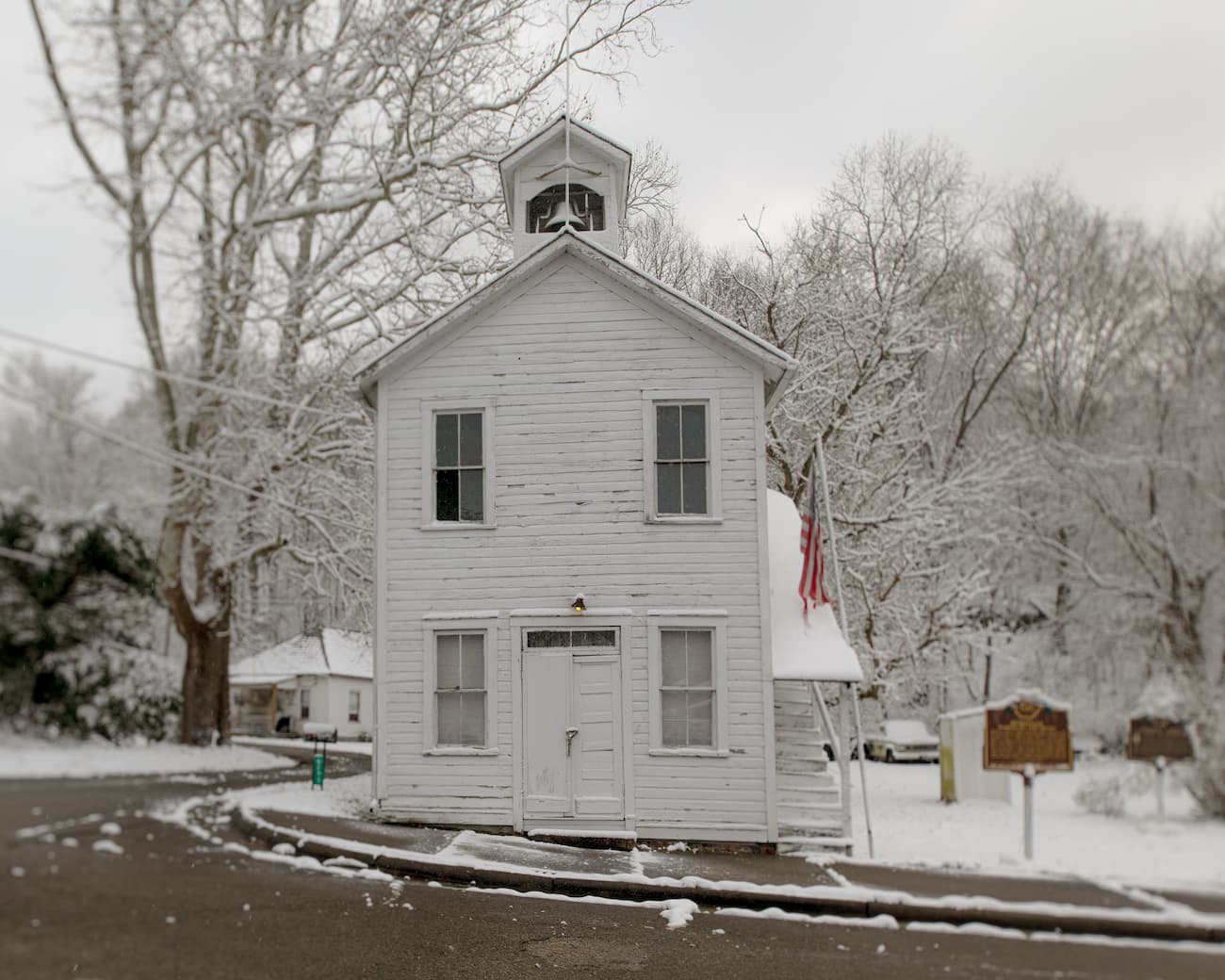
Today there are a few historic markers near the town hall, one of the last remaining buildings of Rendville’s heyday, and a small white church at the end of the street.
Rendville
Rendville is the smallest village in Ohio, established in 1879 by William P. Rend, and was the first integrated village in the state.
Rend operated a coal mine in Rendville and was known to pay African American and European immigrant miners the same wages. Every year, the town hosted an Emancipation Day celebration to commemorate President Abraham Lincoln’s ending of slavery in the South. The village continues this tradition each September.
Located 30 miles north of Athens in Perry County, the former coal mining boomtown was once a bustling community, its main street filled with merchants and churches. Today you will find the town hall, one of the last remaining buildings of Rendville’s heyday, and a small white church at the end of the street.
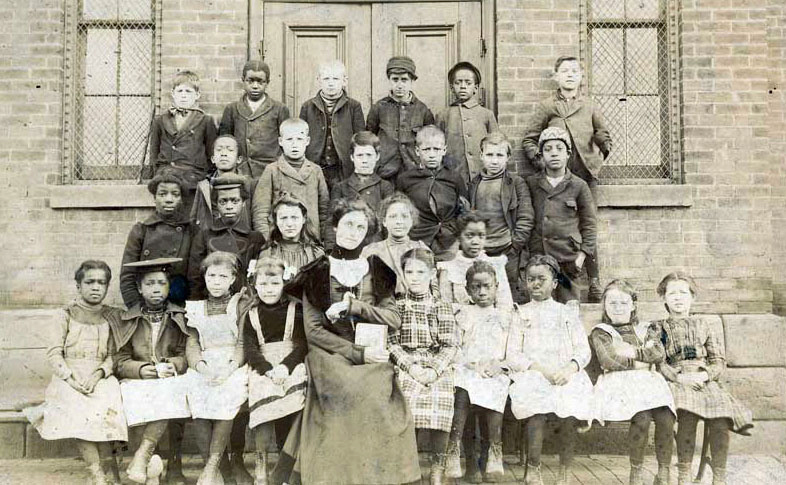
Rendville school student body, with teacher Mary Murray, in the early 1900s. Photo courtesy of Little Cities of Black Diamonds Council.
Rendville has been known for its ethnic diversity where the people lived, worked, relaxed together and got along with one another. Rendville has a rich history and traditions that community members continue to strive to preserve. Many significant and well-known people have come from Rendville, including Richard L. Davis, Adam Clayton Powell Sr., Isaiah Tuppins (the state’s first African American mayor in Ohio), Roberta Preston (the state’s first African American postmistress), Sophia Mitchell (the state’s first African American woman mayor) and others.
Currently, Rendville Art Works operates a painting and sculpting program for people with developmental disabilities from the historic church.
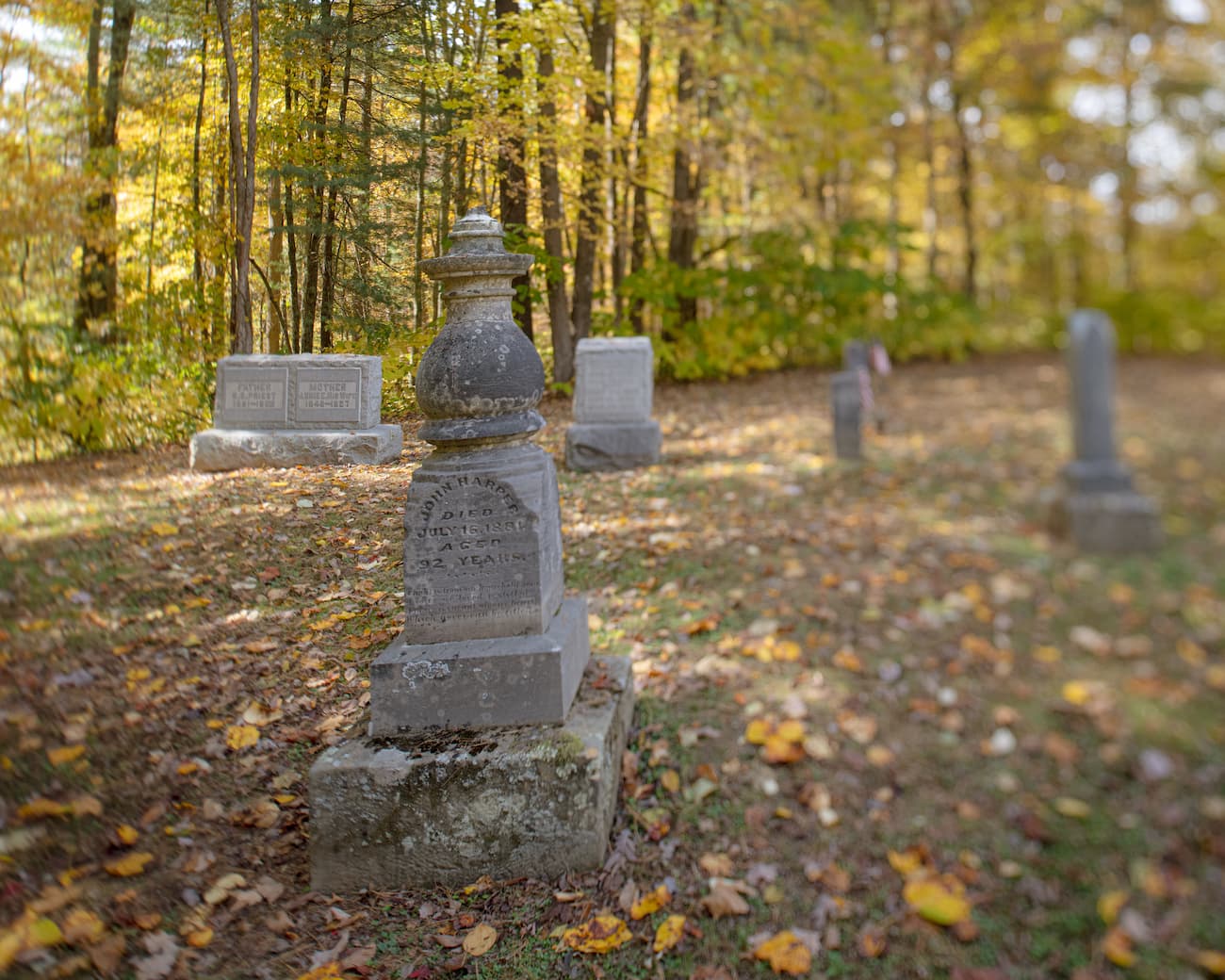
Payne Cemetery sits on a narrow ridgetop along State Route 595 south of New Straitsville. Norma, Lett and Harper are family names of the first settlers in this area arriving in the 1830s.
Payne Cemetery
Paynes Crossing was a Pre-Civil War rural enclave at the Hocking-Perry county line. The Payne Cemetery sits on a narrow ridgetop along State Route 595 south of New Straitsville, a 30-minute drive from Ohio University. It is the only remnant of the freed African American community.
Research indicates that Paynes Crossing was involved in the Underground Railroad Movement.
Norma, Lett and Harper are family names of the first settlers who arrived in this area in the 1830s. The names appear on the headstones at Payne Cemetery. According to the census records for this time period, whites were living in black households, and vice versa. Most of the families came from Virginia.
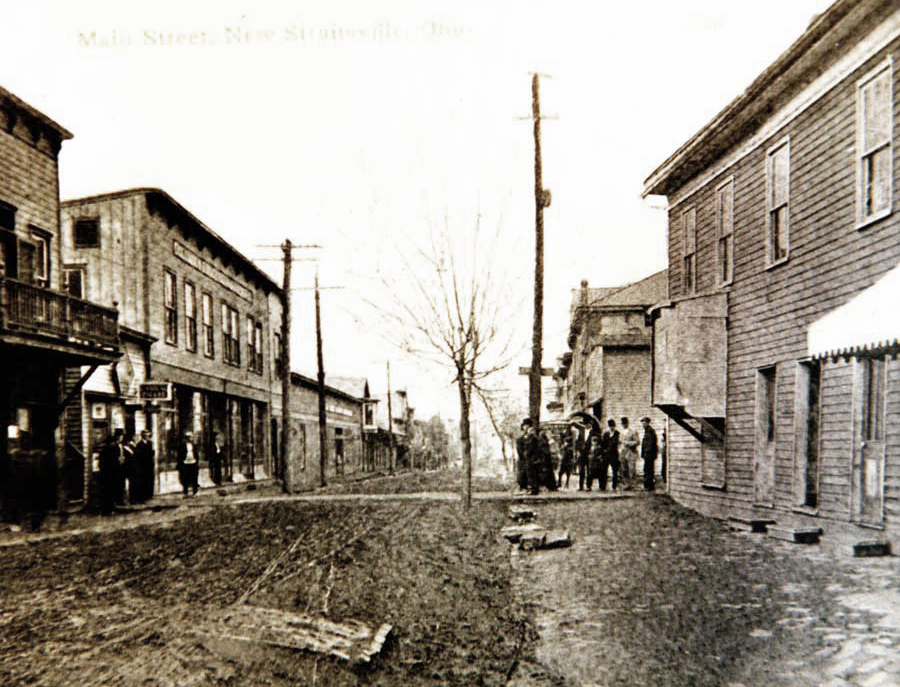
Payne Cemetery is the only remnant of a freed African American community known as Paynes Crossing. This image is an overview of New Straitsville, the nearest existing village. Photo courtesy of Little Cities of Black Diamonds Council.
By 1900, coal companies purchased most of the land where the families of Paynes Crossing resided. The mining activity eventually eliminated any remnants of the community, except for the cemetery.
The cemetery was used from 1852 to 1945.
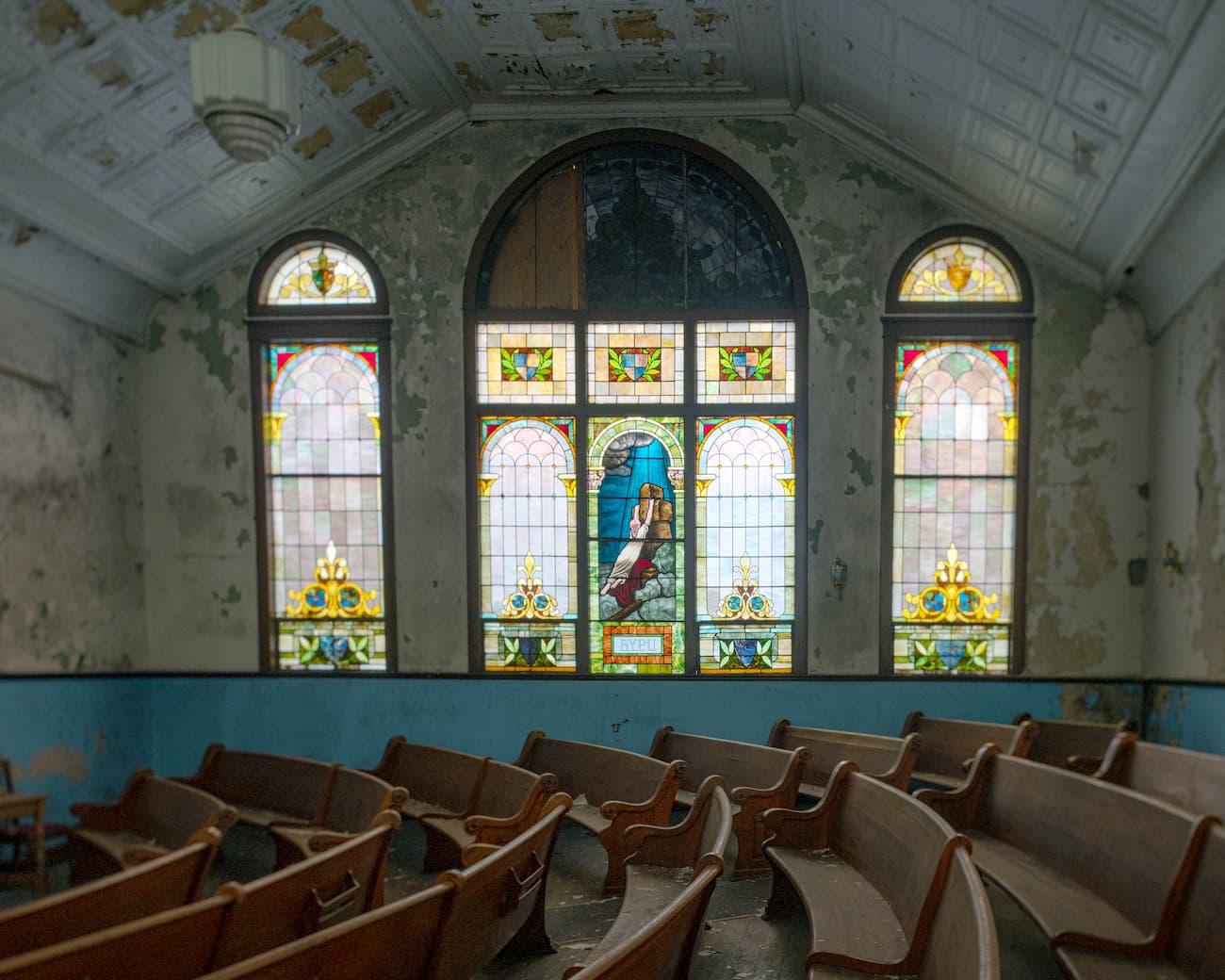
In recognition of the historic significance of Mount Zion Baptist Church, which is located at the intersection of Carpenter and Congress streets in uptown Athens, members of the Athens community are currently striving to restore the building.
Mount Zion Baptist Church
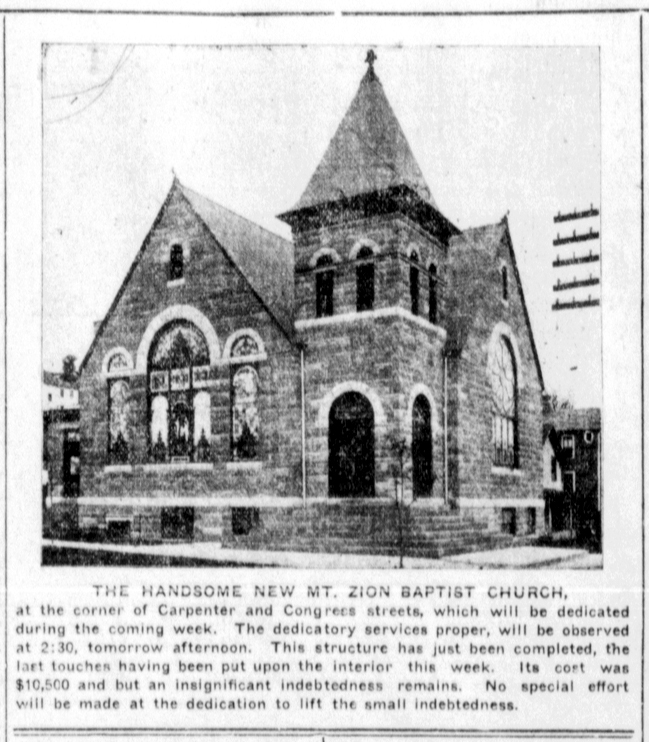
Photo courtesy: The Athens Messenger
“Mount Zion Baptist Church served as the key gathering place for the Black community of Athens and Southeast Ohio from 1905 until the 1990s. Over the course of its rich history, the church supported the cultural and social contributions of Black Americans in the Ohio River Valley," according to the Mount Zion Baptist Church Preservation Society.
In 1980 the building was added to the National Register of Historic Places in acknowledgement of its status as a historical, social and cultural landmark. Over the years, the church has fallen into disrepair. However, in recognition of the historic significance of Mount Zion Baptist Church, members of the Athens community are currently striving to restore the building. Opportunities to make donations or volunteer can be found on their website.
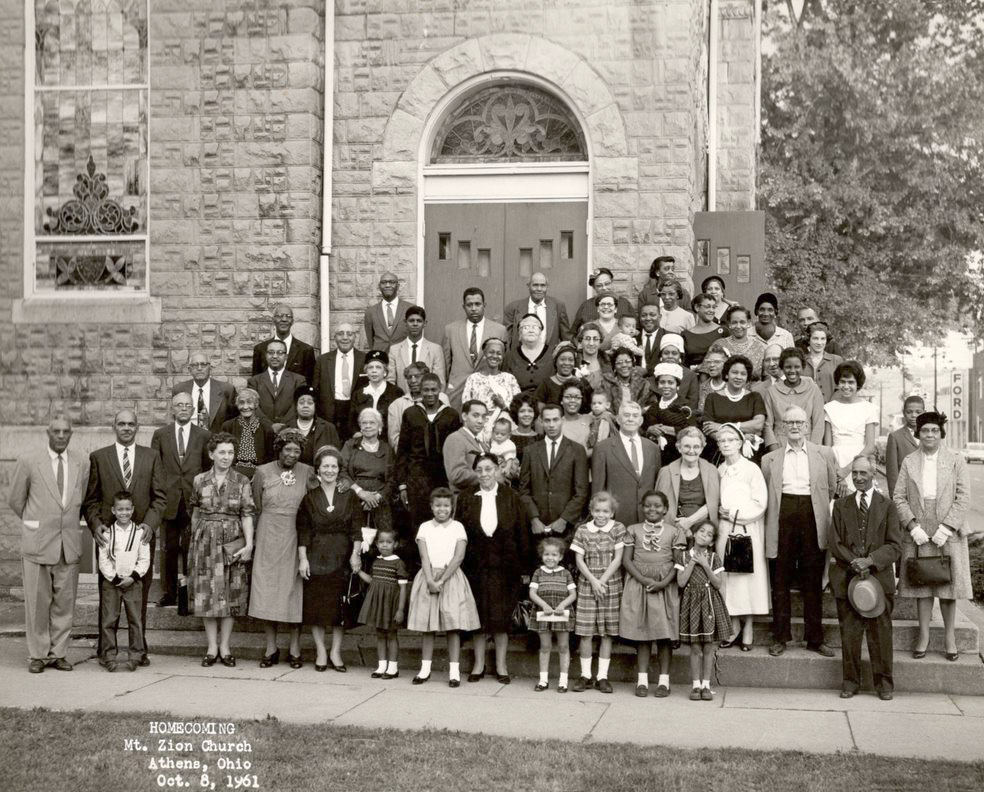
Homecoming, Mt. Zion Church, Athens, Ohio, Oct. 8, 1961. Photo courtesy of the Athens Messenger.



